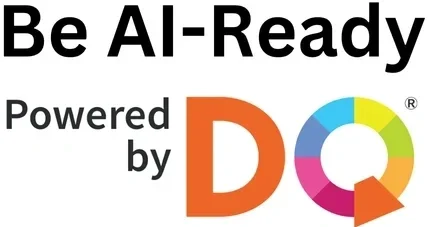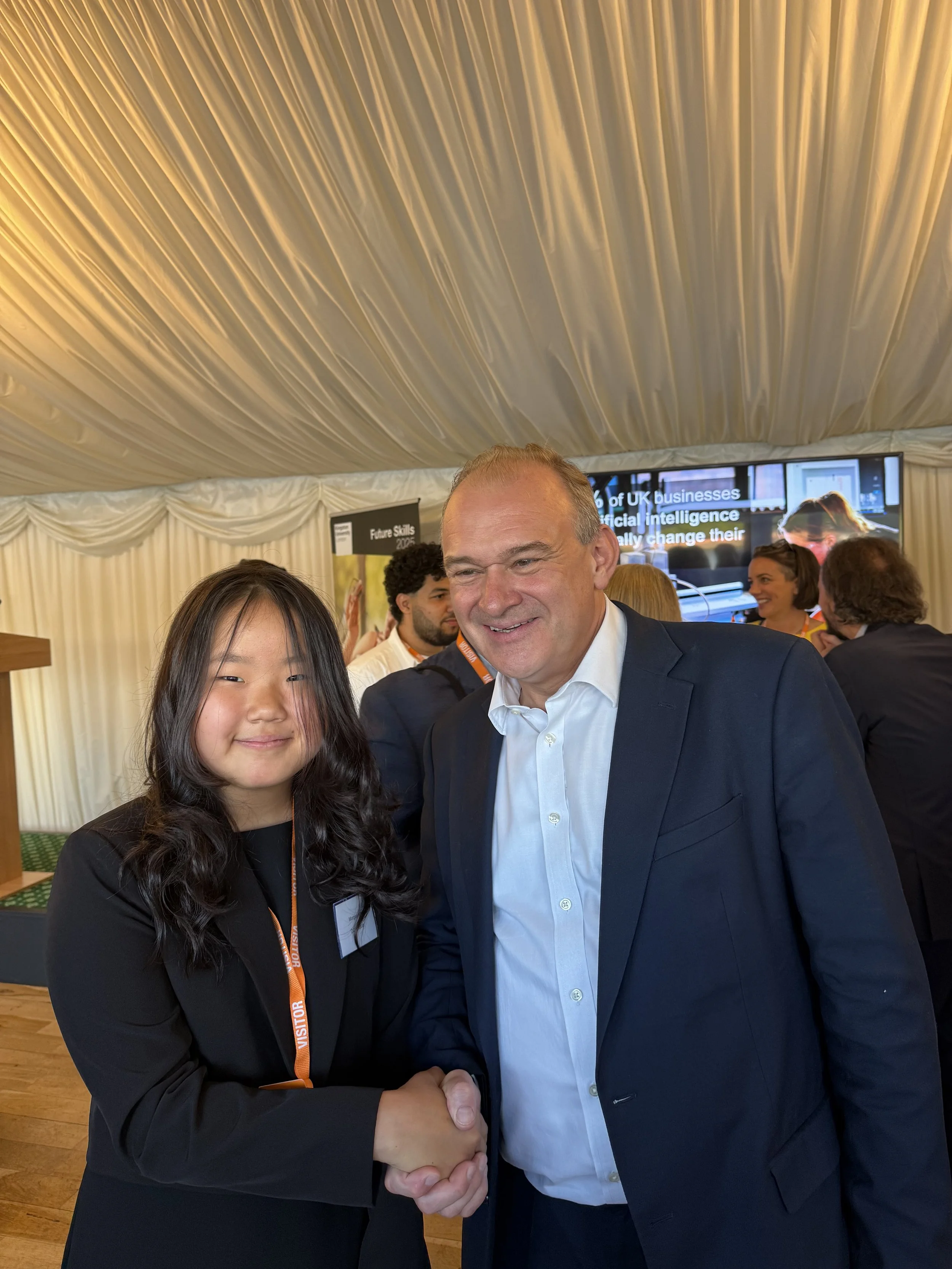So, what is AI?
ChatGPT, Grok, AI-generated images. In a way unimaginable only 3 years ago, AI has completely transformed the global landscape: from the way kids do homework, write essays, engage with news (which is becoming synonymous with social media), and more.
But, what actually is AI? How does AI give answers? Many users—not only children, but even adults—fail to fully understand how AI, specifically generative AI like ChatGPT works, and because of this fail to be aware that it can make mistakes—and often, at that. Chatbots are inherently fallible, by design. They are algorithms trained on millions of data to learn specific patterns and make predictions using them; they are accurate for the most part, but often not.
ChatGPT induced a 35-year old man to commit suicide by feeding into his antisocial delusions and encouraging them. Popular role-playing AI chatbot platform CharacterAI drove a ninth grader to anxiety, a mood dysregulation disorder, and finally to kill himself. By failing to see that AI chatbots can exacerbate mental health problems because of their tendency to become a sycophant, users (especially users with developing prefrontal cortices, like kids and teenagers) fall vulnerable to risks concerning AI.
For these reasons, an AI literacy education for children is both imperative and urgent. However, most public schools currently lack AI policies, let alone a comprehensive AI education, for their students; only 31% schools have AI policies, although 60% (and growing) students use AI for their schoolwork.
Thus, the DQ Institute, an international nonprofit for digital intelligence, is proud to present a chapter of its AI Initiative project at FamilyPoint Resources. We want to provide a complete AI education for every child, regardless of their socioeconomic circumstances, as AI literacy is something necessary to thrive in the approaching digital age. We hope through this program to empower children to use AI safely, responsibly, and effectively.
Morgan Kim at the Palace of Westminster with MP Edward Davey, leader of the Liberal Democrat party
SEOYOON (Morgan) kim is a current high school junior
with a passion for computer science, artificial intelligence, and helping others understand these two better with her own knowledge. She was a DQ Youth Ambassador and presented her research alongside Kate Cho, fellow Youth Ambassador, at the UK Parliament in June 2025. Contact her at symorgankim08@gmail.com.
The 10 AI Essentials
That every child should know:
What AI is & what is isn’t: what is an algorithm?
When to use AI & when not to: is essay-writing with AI plagiarism?
How does one recognize AI?
The pros & cons of AI: it saves you time, but is it always accurate?
How to use AI effectively: what different types of AI exist?
What are the AI risks: privacy risks, data leaks, misinformation, etc.
How to respond to the AI risks: what steps should you take?
How can you build your own AI chatbot?
How do the basic building blocks of AI work: what kinds of data are used, and how are predictions made?
How can you help your parents, grandparents, and peers use AI positively as well?

